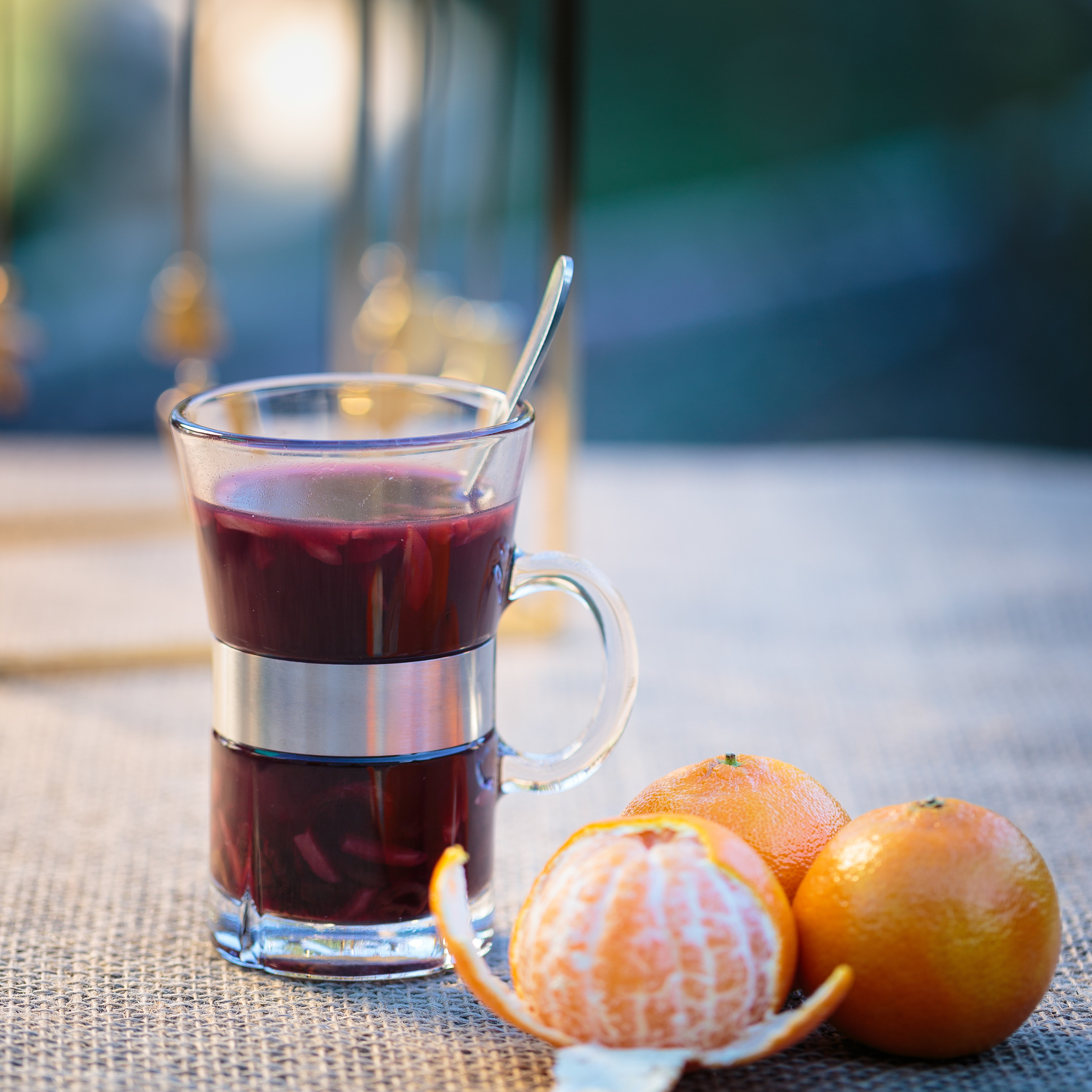Elf Cookies - Nissehoveder
December 11th - Time for remembrance.
I have never seen these elf cookies aka nissehoveder (elf heads) anywhere else than in my family. The cookies were very much appreciated by my brother and me, but I know my mom hated making these, because they are a bit labor-intensive. The cookie itself is straight forward and easy, but it's a sticky mess to cut out all the eyes and mouths. The first year I made them, I even had made a nose, but that was a bad idea, a bad bad idea.
Thank you mom and dad for teaching me to make elf cookies - I miss you guys so very much.
Here is how to make my family's elf cookies.
Ingredients:
250 g all-purpose flour
200 g butter
100 g confectionary sugar
1 egg yolk
Topping:
red and green cherries
confectionary sugar
water
red food coloring
Directions:
Crumble the butter in the flour, until it looks like bread crumbs. Add the sifted confectionary sugar and the egg yolk and mix until it’s all combined.
Form dough into a rod with an inch in diameter. Press to form a top on the rod, this makes the elf hat. Wrap the dough in plastic wrap and refrigerate overnight.
Cut the green cherries into small cubes, these will be the eyes.
Cut the red cherries into quarters and slice the quarters, these will be the mouths.
Cut the logs into ¼-inch thick cookies and put them on a baking sheet lined with parchment paper. Spacing about 1 inch apart. Place eyes and mouths on the cookies.
Bake until slightly golden around the edges, about 10-12 minutes at 350°F. Cool cookies on the pan on wire racks.
Icing: Mix confectionary sugar with a few drops of water and food coloring. Paint the cookies with the red icing. Let the cookies dry on a wire rack. Store in an airtight container at room temperature.
The Danish version:
Nissehoveder
Ingredients:
250 g hvedemel
200 g smør
100 g flormelis
1 æggeblomme
Pynt:
røde og grønne cocktailbær
flourmelis
vand
rød frugtfarve.
Directions:
Smørret smuldres i melet. Flormelis sigtes i og æltes let i dejen sammen med æggeblommen.
Dejen formes til en pølse på godt og vel et kosteskafts tykkelse.
Pølsen trykkes lidt i den ene side så den kommer til at spidse, gerne meget. Pølsen lægges i køleskabet i mindst 0,5 time. Herefter skæres den i tynde skiver med en skarp kniv.
Når kagerne er kommet på bageplanden, pyntes de med øjne, og mund (cocktailbær).
Herefter bages de i 7-8 min ved 200ºC.
Inden de er helt afkølede kan nissehovederne få hue på, med lidt rød glasur.






